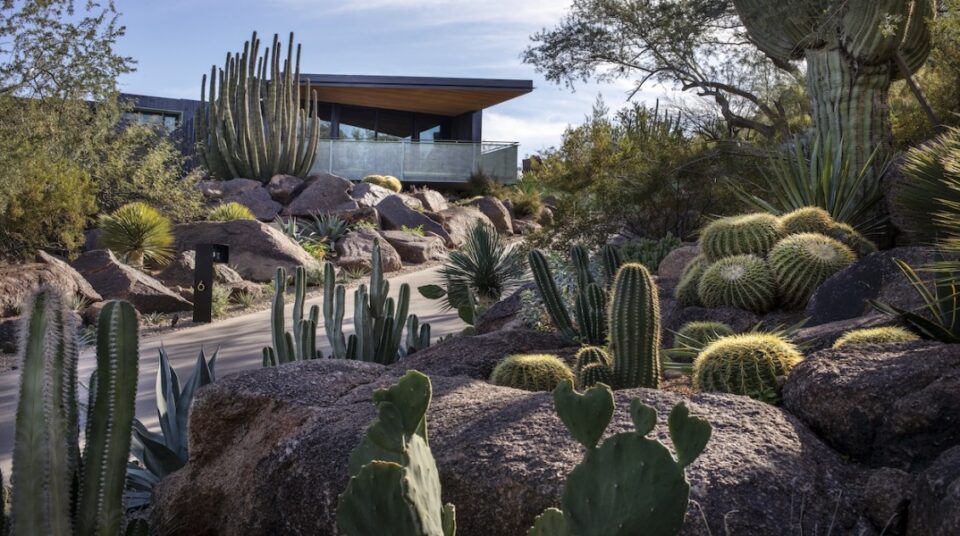In recent years, the increasing global concern over water scarcity and the need for sustainable practices has led to the rise in popularity of xeriscaping. Xeriscaping is a landscaping technique that focuses on creating beautiful and functional outdoor spaces while reducing water usage. By utilizing drought-resistant plants and employing water-efficient irrigation methods, xeriscaping offers an eco-friendly and cost-effective solution for maintaining landscapes in regions prone to drought.
The Principles of Xeriscaping
Xeriscaping is based on seven fundamental principles that guide the design and maintenance of drought-resistant landscapes:
- Planning and design: A well-thought-out plan is essential for successful xeriscaping. Consider factors such as soil type, sun exposure, and water availability when designing your landscape.
- Soil improvement: Enhancing soil quality is crucial for water retention. Incorporate organic matter and compost into the soil to improve its ability to hold water.
- Appropriate plant selection: Choose native or adapted plants that are well-suited to the local climate and require minimal irrigation. These plants have evolved to thrive in specific conditions and are naturally more resistant to drought.
- Efficient irrigation: Utilize water-efficient irrigation techniques such as drip irrigation or soaker hoses to deliver water directly to the plant’s root zone, reducing evaporation and waste.
- Mulching: Apply a layer of mulch around plants to help retain moisture, prevent weed growth, and protect the soil from erosion.
- Appropriate maintenance: Regular maintenance practices such as proper pruning, removing weeds, and monitoring irrigation systems ensure the long-term success of a xeriscape.
- Appropriate turf areas: Minimize the use of turfgrass in areas where it is not necessary. Instead, incorporate hardscape features, ground covers, or drought-resistant alternatives.
The Benefits of Xeriscaping
Xeriscaping offers numerous benefits both for homeowners and the environment:
- Water conservation: By reducing water usage through the use of drought-resistant plants and efficient irrigation techniques, xeriscaping can significantly decrease water consumption. This not only helps conserve water but also reduces water bills.
- Low maintenance: Once established, xeriscapes require less maintenance compared to traditional landscapes. The use of native plants eliminates the need for excessive watering, fertilization, and pest control.
- Improved property value: Xeriscaping can enhance the curb appeal of a property and increase its value. Potential buyers are often attracted to homes with sustainable and low-maintenance landscapes.
- Environmental benefits: Xeriscaping reduces the need for chemical fertilizers and pesticides, minimizing water pollution and soil erosion. It also provides habitat and food sources for native wildlife.
- Climate adaptation: As climate change continues to impact weather patterns, xeriscapes are better equipped to withstand periods of drought and extreme temperatures, ensuring the longevity of the landscape.
Xeriscaping is an innovative landscaping approach that promotes water conservation, sustainability, and environmental stewardship. By following the principles of xeriscaping and incorporating drought-resistant plants, homeowners can create beautiful and functional outdoor spaces while minimizing their impact on the environment. Embracing xeriscaping not only helps mitigate the effects of drought but also contributes to a more resilient and sustainable future.

